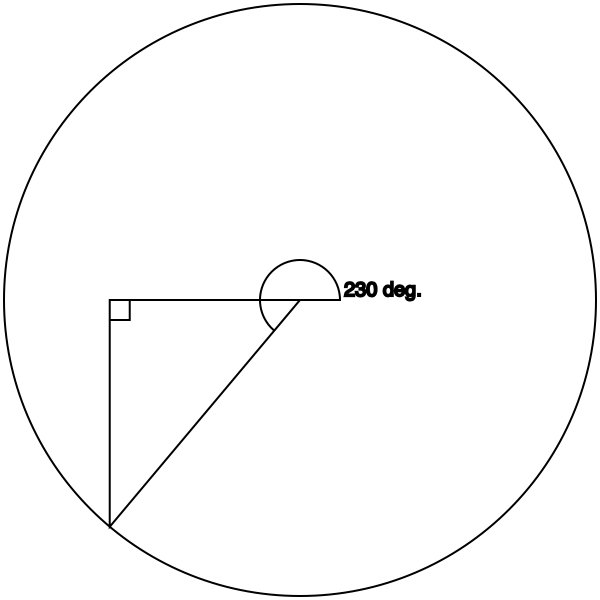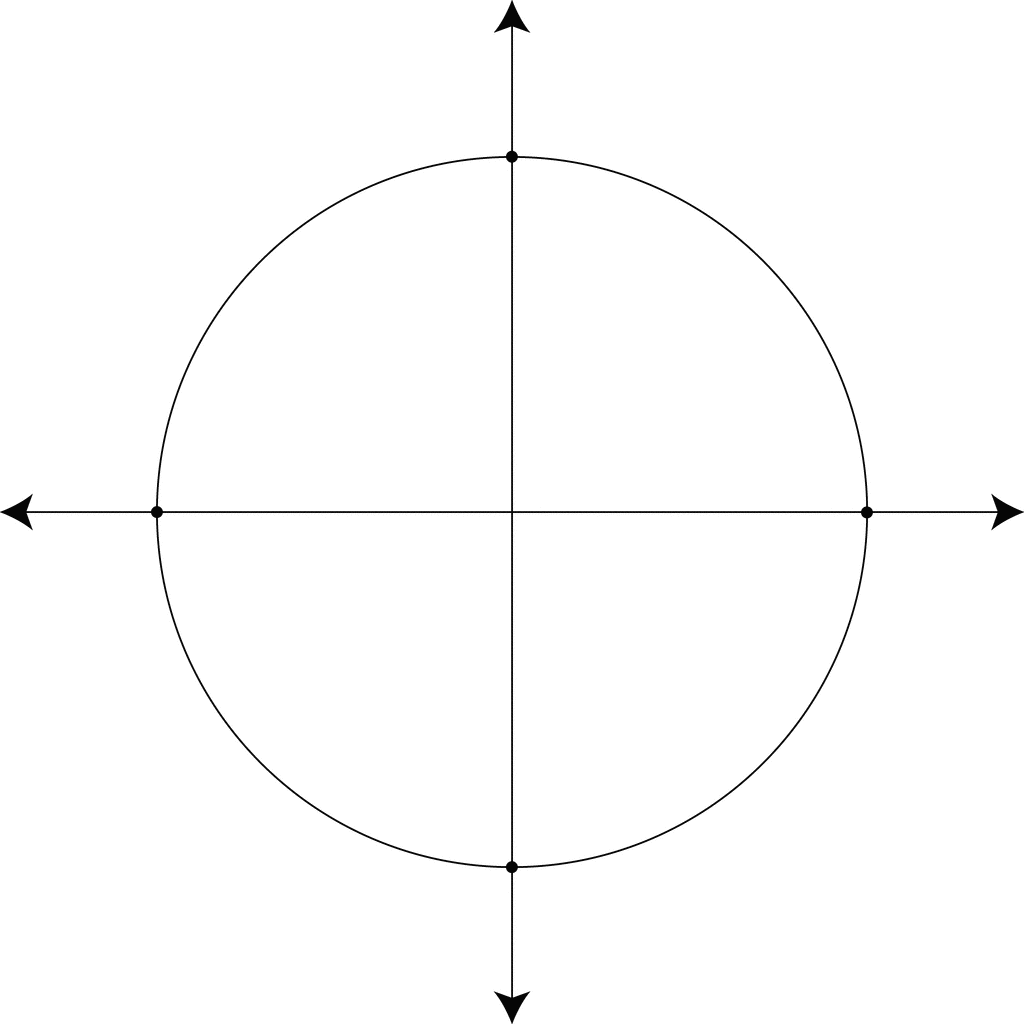So, the first thing that Mr.P taught us was special patterns, but unfortunately I will not be able to explain that to you guys, because when Mr.P was teaching us about the two special patterns, I kind of zoned out. However, I did ask Heba Abbas to explain the two special patterns, but I guess she just didn't want to it, that is why she didn't show up at the library during our spare, to explain the special patterns to me, so I guess we can all blame her for not having special patterns on my blog, just kidding. But, whenever I understand the special patterns, I will make blog about it later.
So.. moving on to Trigonometric ratios:
If P(theta) = (x,y) is the point on the terminal arm of angle theta that intersects the unit circle, notice that, P(theta) = (x,y) = (cose theta, sin theta), so the x- axis in cose, and the y-axis in sine.
If r = 1, then
- sin theta = O/H, which is that same as y/1, and that equals to y. Then, csc theta is the inverse of the sin theta ratio, so csc theta = H/O = 1/sin theta.
- Cos theta = A/H, which is the same as X/1, and that equals to x. Then, sec theta is the inverse of cos theta, so sec theta = H/A = 1/cos theta
- Tan theta = O/A, which is the same as y/x, and tan theta = sin theta/cos theta. Then, cot theta is the inverse of tan theta, so cot theta = A/H = cos theta/sin theta.
Therefore, P(x,y) = P(cos theta, sin theta), and, since x^2 + y^2 = 1, we have a Pythagorean identity, cos^2 theta + sin^2 theta = 1.
Example: The point A(-1/3, -2/3) lies at the intersection of the unit circle and the terminal arm of an angle theta in standard position.

- The first step, would be to draw a diagram like I did above. Point A, is in quadrant three, because cos theta and sin theta, are negative, which means opposite and adjacent are negative, and both of them are negative in quadrant three.
- The second step, would be to label the diagram, so place the opposite, adjacent, and hypotenuse values on the the triangle. So, -1 will go on the x-axis, cos theta, adjacent side, -2 will go on the y-axis, sin theta, opposite side, and 3 will go on the hypotenuse side.
- The third step, is to determine the values of the six trigonometric ratios for theta. Express answers in lowest terms.
Trig ratios:
Sin theta = O/H = -2/3
Cos theta = A/H = -1/3
Tan theta = O/A = -2/3
Csc theta(inverse of sin theta) = H/O = 3/-2
Sec theta(inverse of cos theta) = H/A = 3/-1 = -3
Cot theta(inverse of tan theta) = A/O = 3/-2
Determining exact values of trigonometric equations:
Example: cos 5 pi/6

Step-by-Step solution:
- First draw a diagram like above. Then, according to the unit circle, 5 pi/6 is 150 degrees, and then since 5 pi/6 is positive, it will go clockwise.
- Then, determine the reference angle. Now, there are three ways you an determine the reference angle.
- The first way, is subtracting 150 from 180, since theta is approaching the 180 degrees axis. So, you will get a reference angle of 30 degrees
- The second way, is splitting the cos 5 pi/6 into two. So, it will be 4pi/6 = 2pi/3, and pi/6, since 4pi/6 + pi/6 = 5 pi/6. So, pi/6 will be your reference angle, which is 30 degrees according to the unit circle
- The third way, is probably the simplest, which is just ignoring the fact that there is a 5 in front of pi, which leaves you with pi/6 = 30 degrees. So, your reference angle would be 30 degrees.
3. After you determined the reference angle,you should know what type of special triangle it is. In this case, we have 30 -60-90 degrees triangle, since our reference angle is 30 degree. Next, we jut label the sides of the special triangle. So, the side opposite the 30 degree angle will have 1. The 60 degree angle, the second biggest angle will have square-root of 3 on the adjacent side, and the biggest angle, 90 degree will have two on the hypotenuse.
4. Next, apply the cast rule, and put a negative sign in front of square-root 3
5. Lastly, Cos theta = A/H, so - sqaure-root of 3/2
Ok, I am tired of blogging now, so I will do part two tomorrow. See you in class tomorrow guys, bye for now. :D
No comments:
Post a Comment